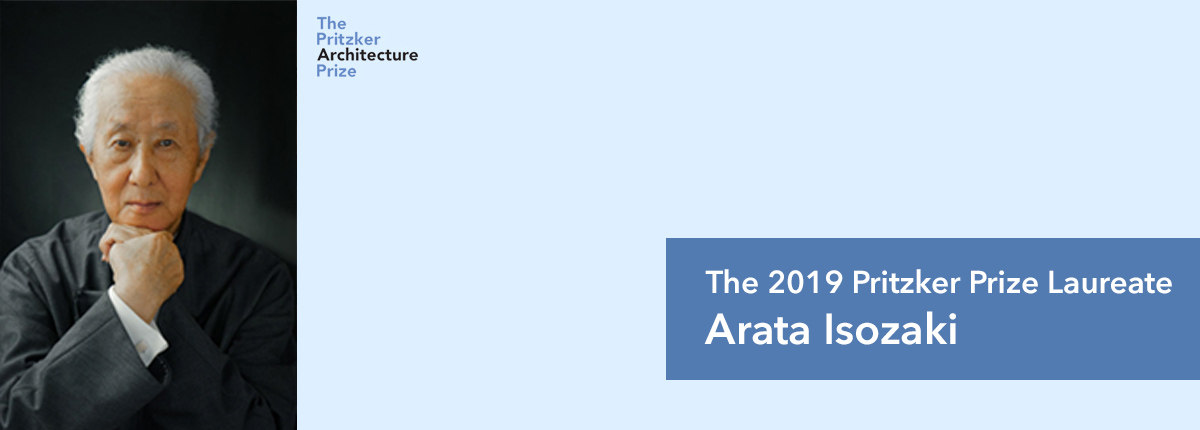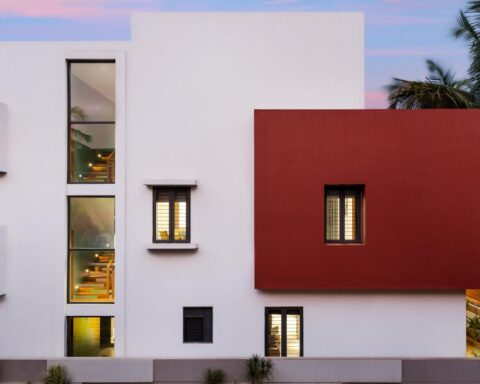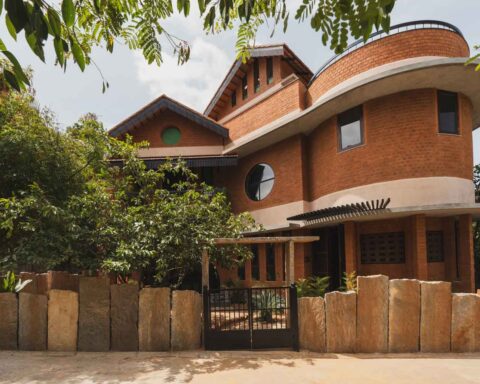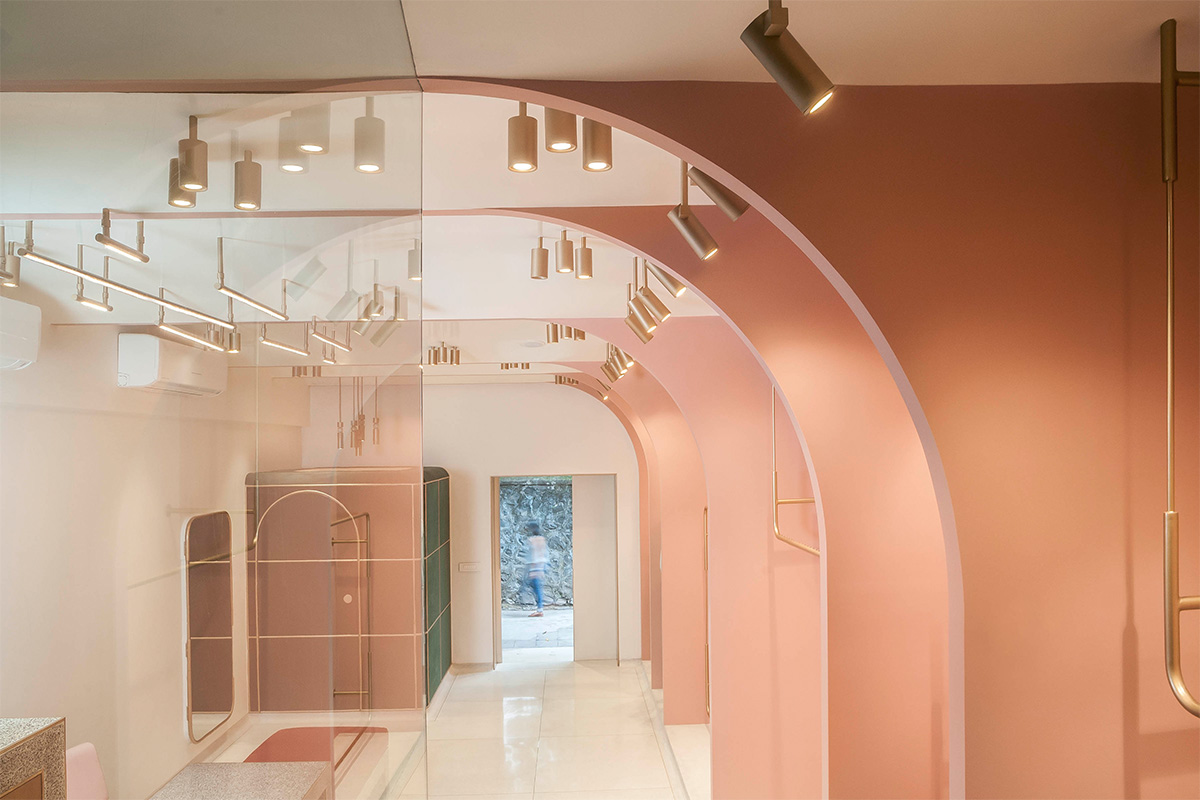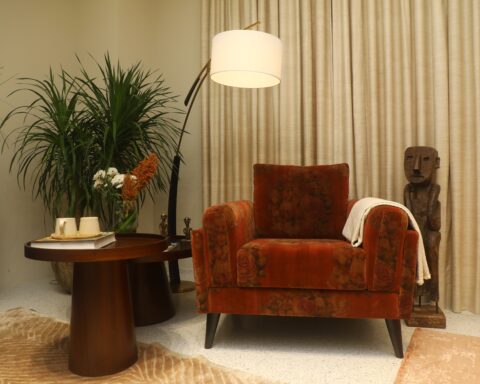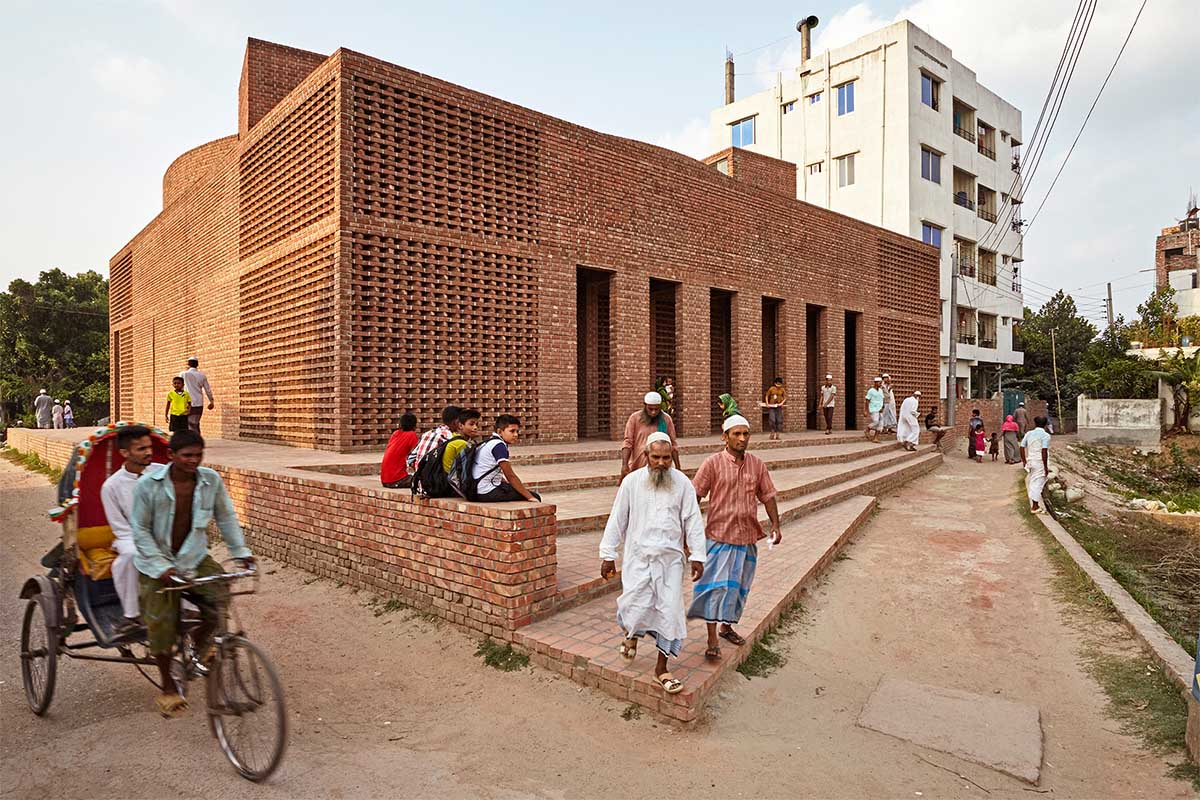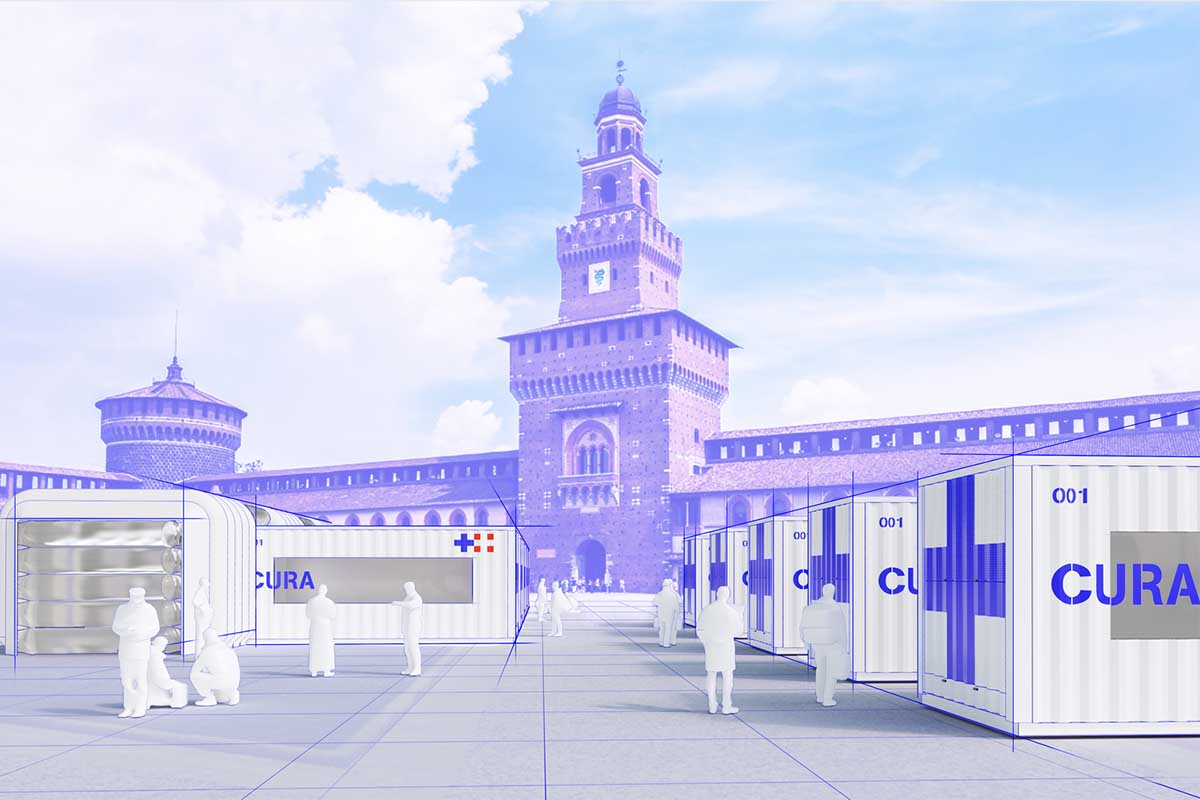Japanese Architect Arata Isozaki recieves 2019 Pritzker Architecture prize.
Japanese Architect Arata Isozaki has been awarded the 2019 Pritzker prize.
Arata Isozaki, born in Ōita, Island of Kyushu, Japan is known as a versatile, influential, and truly international architect. Setting up his own practice in the 1960s Isozaki became the first Japanese architect to forge a deep and long-lasting relationship between East and West. Possessing a profound knowledge of architectural history and theory, and embracing the avant-garde, he never merely replicated the status quo but challenged it. And in his search for meaningful architecture, he created buildings of great quality that to this day defy categorisations, reflect his constant evolution, and are always fresh in their approach.
Over the more than 50 years Arata Isozaki has been practicing, he has had an impact on world architecture, through his works, writings, exhibitions, the organisation of important conferences and participation on competition juries. He has supported many young architects from across the globe to have a chance to realise their potential.
In such endeavours as the Fukuoka Nexus World Housing project (1988-1991) or Toyama Prefecture’s Machi-no-Kao (“face of the city”) program (1991-1999) he invited young international architects to develop catalytic projects in Japan. Isozaki’s oeuvre has been described as heterogeneous and encompasses descriptions from vernacular to high tech. What is patently clear is that he has not been following trends but forging his own path.
An early exploration of a new vision for the city is seen in the project City in the Air, from the early 1960s, for a multilayered city which hovers over the traditional city.
His first works in his home country of Japan include a masterpiece of Japanese Brutalism, the Ōita Prefectural Library (1966). Such projects as the Kitakyushu Central Library (1974) and the Gunma Prefectural Museum of Modern Art, opened in 1974, reveal an exploration of a more personal architecture. In the museum, the clear geometry of the cube reflects his fascination with void and grid as it seeks to attain an equilibrium in which to display changing works of art. Arata Isozaki’s reach and repertoire have expanded over the years to include projects of many scales and typologies and in numerous countries. In the United States, Isozaki is probably most well known for undertaking the Museum of Contemporary Art in Los Angeles (1986) and the Team Disney building in Florida (1991). The first is a study of the vault or what he calls “rhetoric of the cylinder” and the second is evidenced by a more playful use of shapes with a postmodern flair.
Many know his work through such significant buildings as the Sant Jordi Stadium for the 1992 Olympics in Barcelona. He has undertaken exemplary works in China such as the CAFA (China Central Academy of Fine Arts) Art Museum in Beijing opened in 2008 or the Shenzhen Cultural Center (2007) in Shenzhen, Guangdong. Isozaki has shown extraordinary dynamism in recent years with such works as Qatar Convention Center (2011), the traveling inflatable Ark Nova (2013) designed with Anish Kapoor for regions in Japan affected by the 2011 tsunami, and the powerful yet elegant Allianz Tower in Milan, opened in 2018. Once again, it is a testimony to his ability to understand the context in all its complexity and to create a remarkable, well-crafted and inspiring building that is successful from city scale to the interior spaces.
Clearly, he is one of the most influential figures in contemporary world architecture on a constant search, not afraid to change and try new ideas.
His architecture rests on profound understanding, not only of architecture but also of philosophy, history, theory and culture. He has brought together East and West, not through mimicry or as a collage, but through the forging of new paths.
He has set an example of generosity as he supports other architects and encourages them in competitions or through collaborative works. For all these reasons, the Pritzker Architecture Prize Jury has selected Arata Isozaki the 2019 Laureate.
Courtesy Hyatt Foundation/Pritzker Architecture Prize.
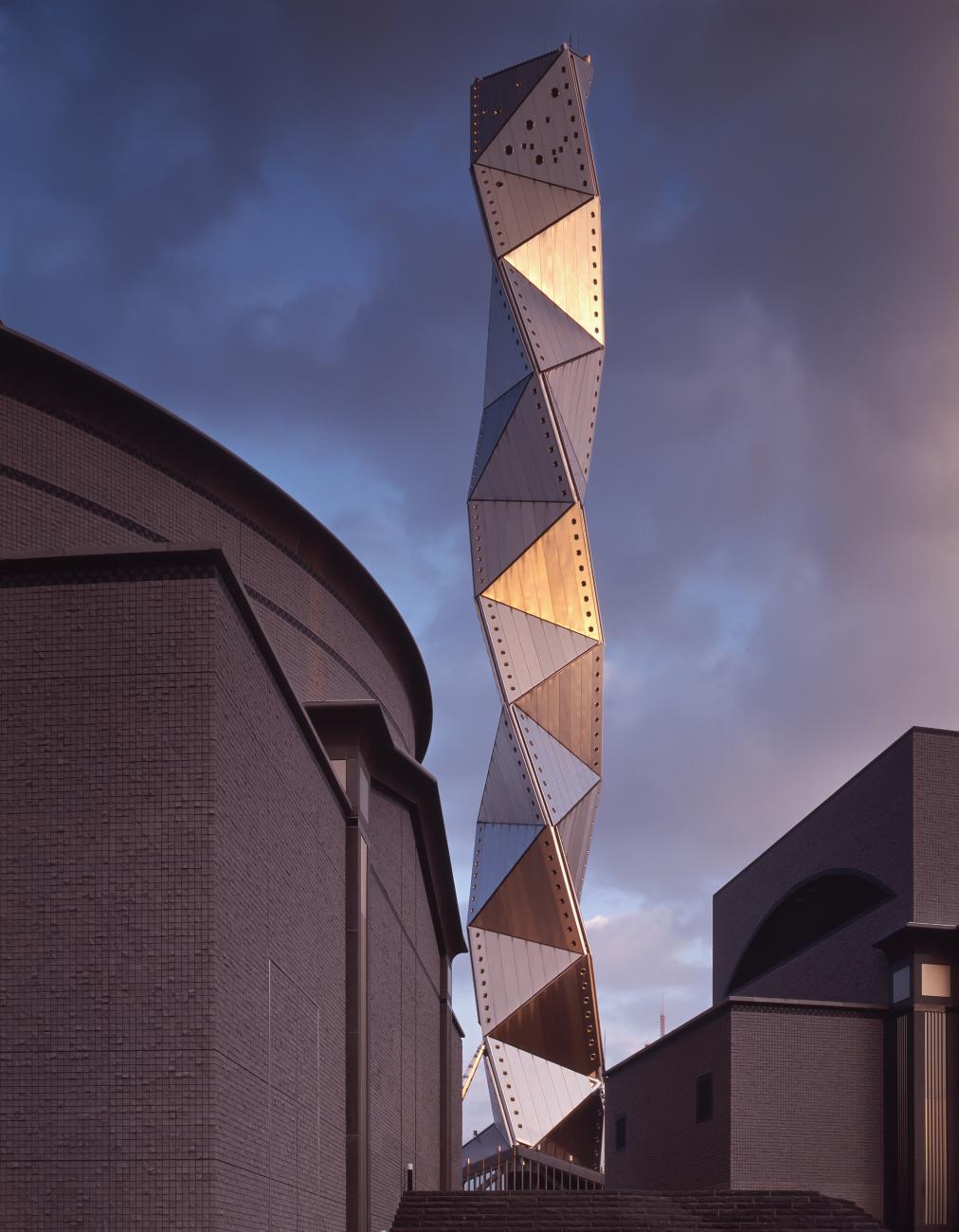
Art Tower Mito, Mito, Japan. Photo courtesy Yasuhiro Ishimoto 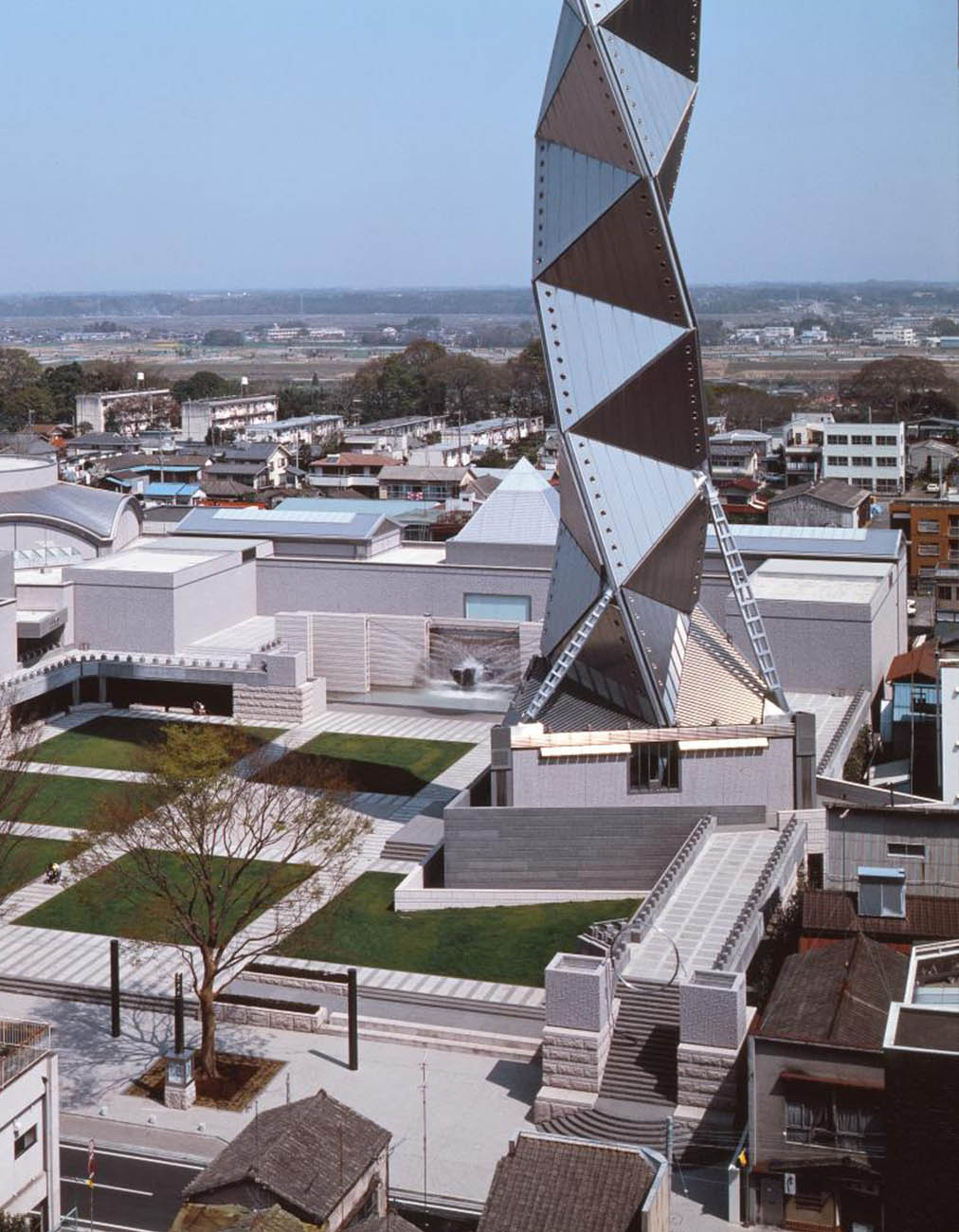
Art Tower Mito, Mito, Japan. Photo courtesy Yasuhiro Ishimoto 
The Museum of Contemporary Art, Los Angeles, California, USA. Photo courtesy Hisao Suzuki 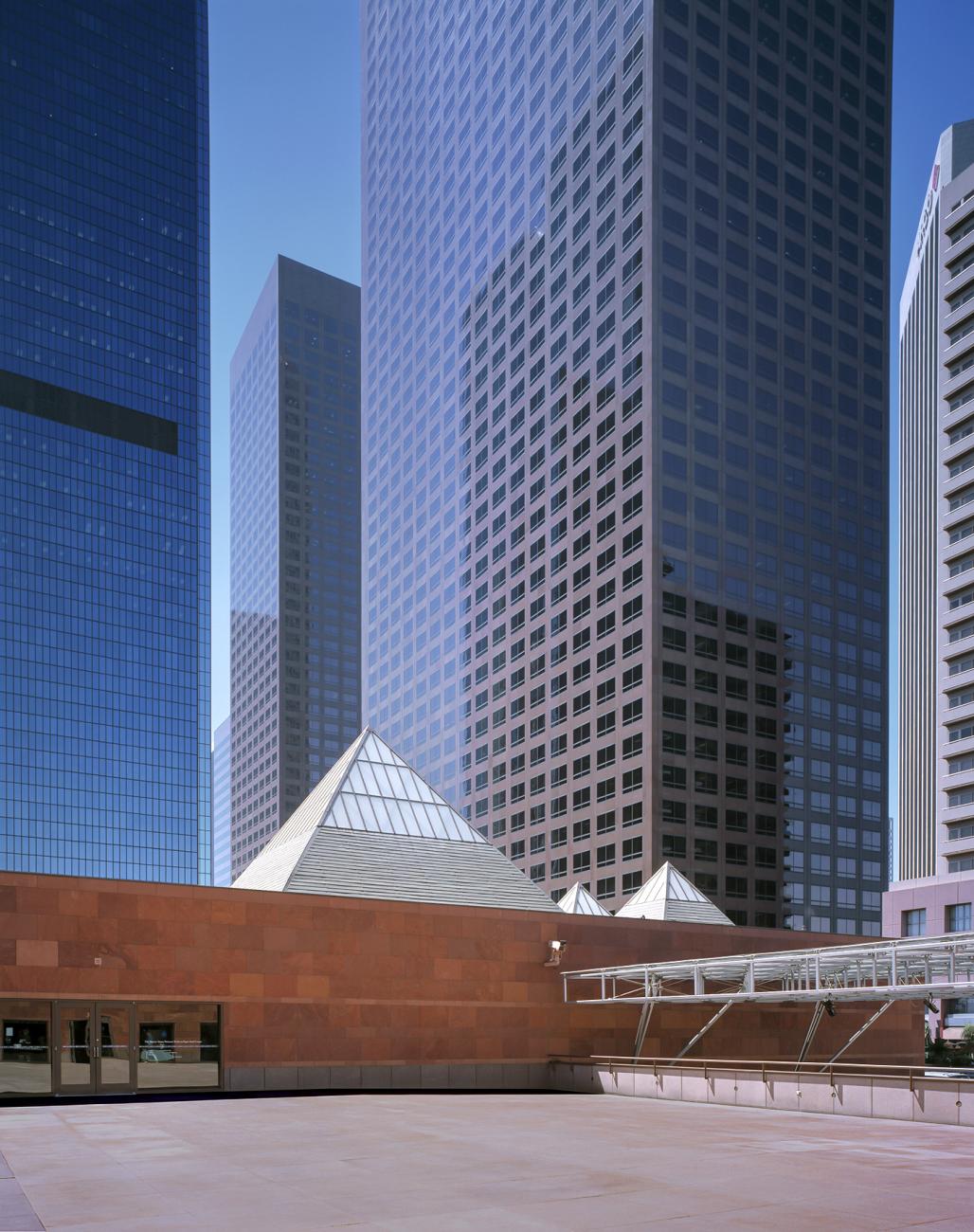
The Museum of Contemporary Art, Los Angeles, California, USA. Photo courtesy Hisao Suzuki 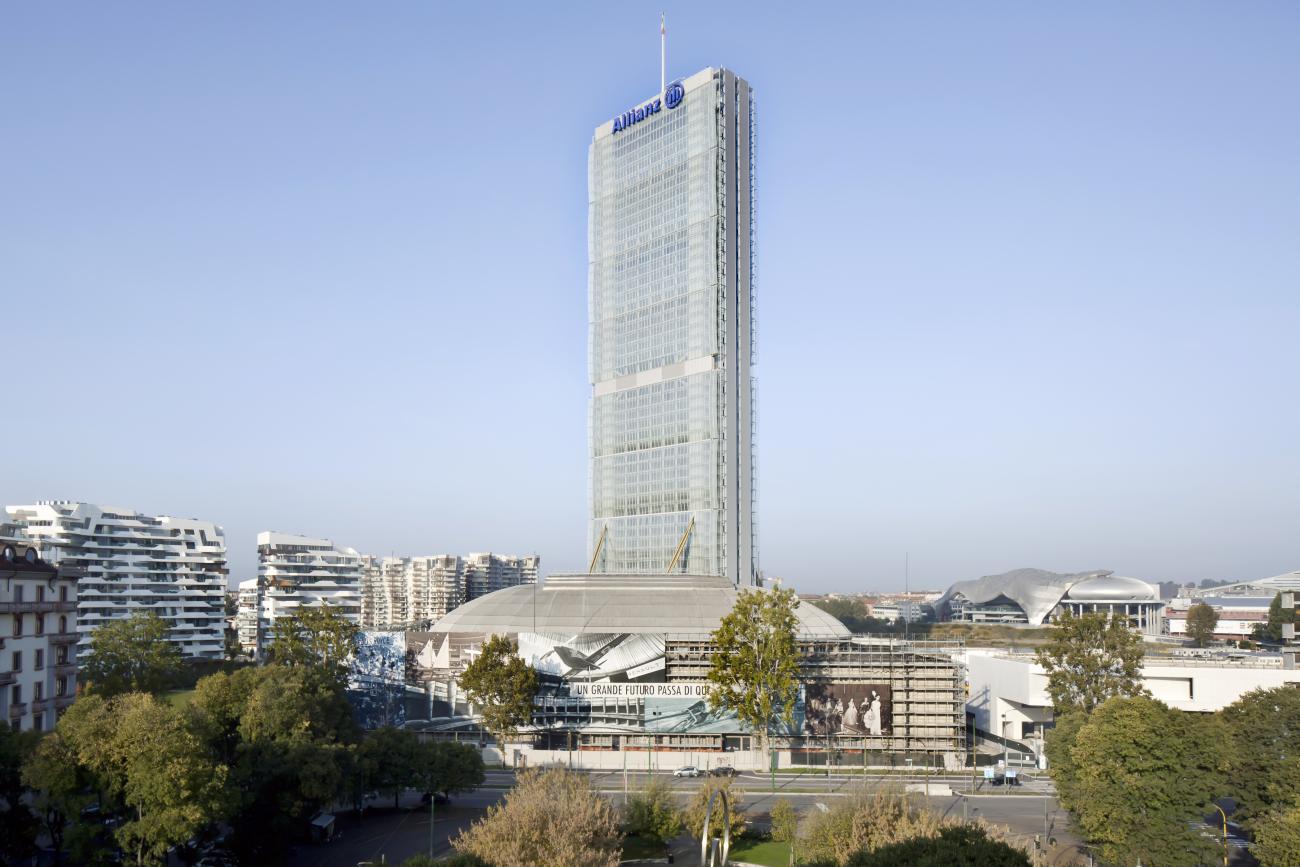
Allianz Tower, Milan, Italy. Photo courtesy Alessandra Chemollo 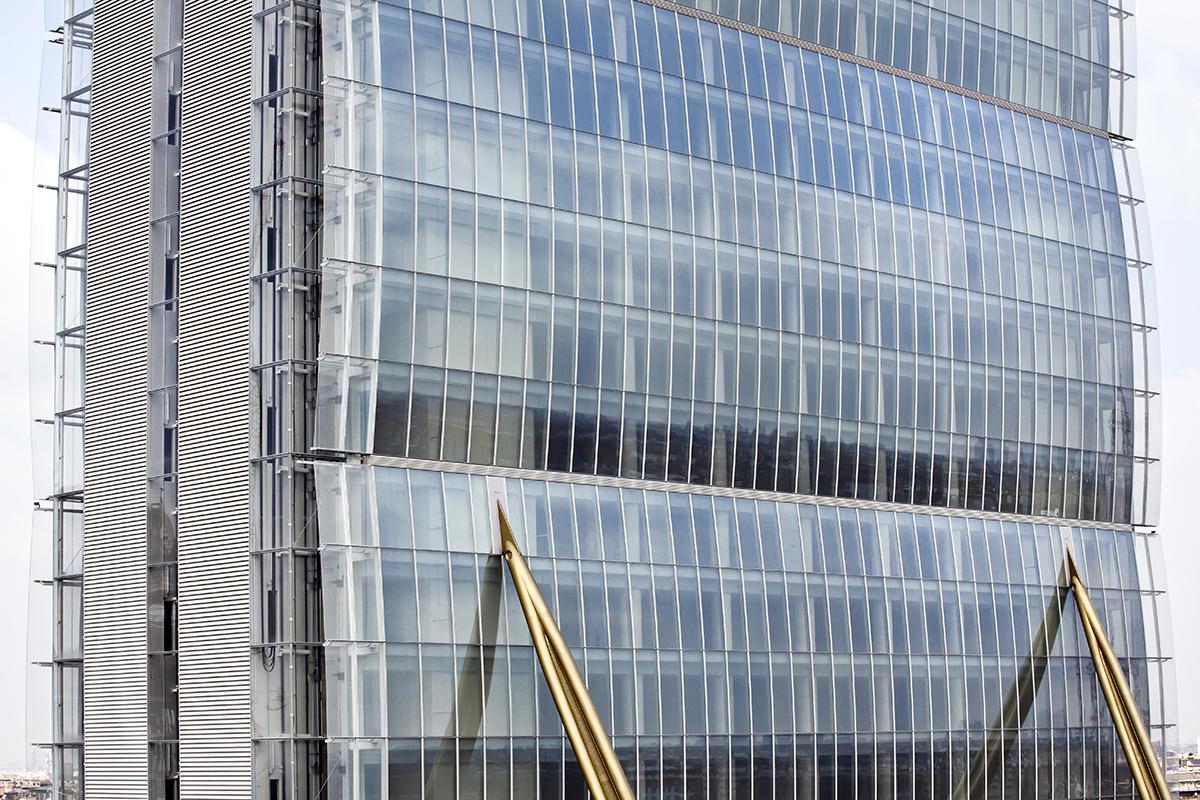
Allianz Tower, Milan, Italy. Photo courtesy Alessandra Chemollo 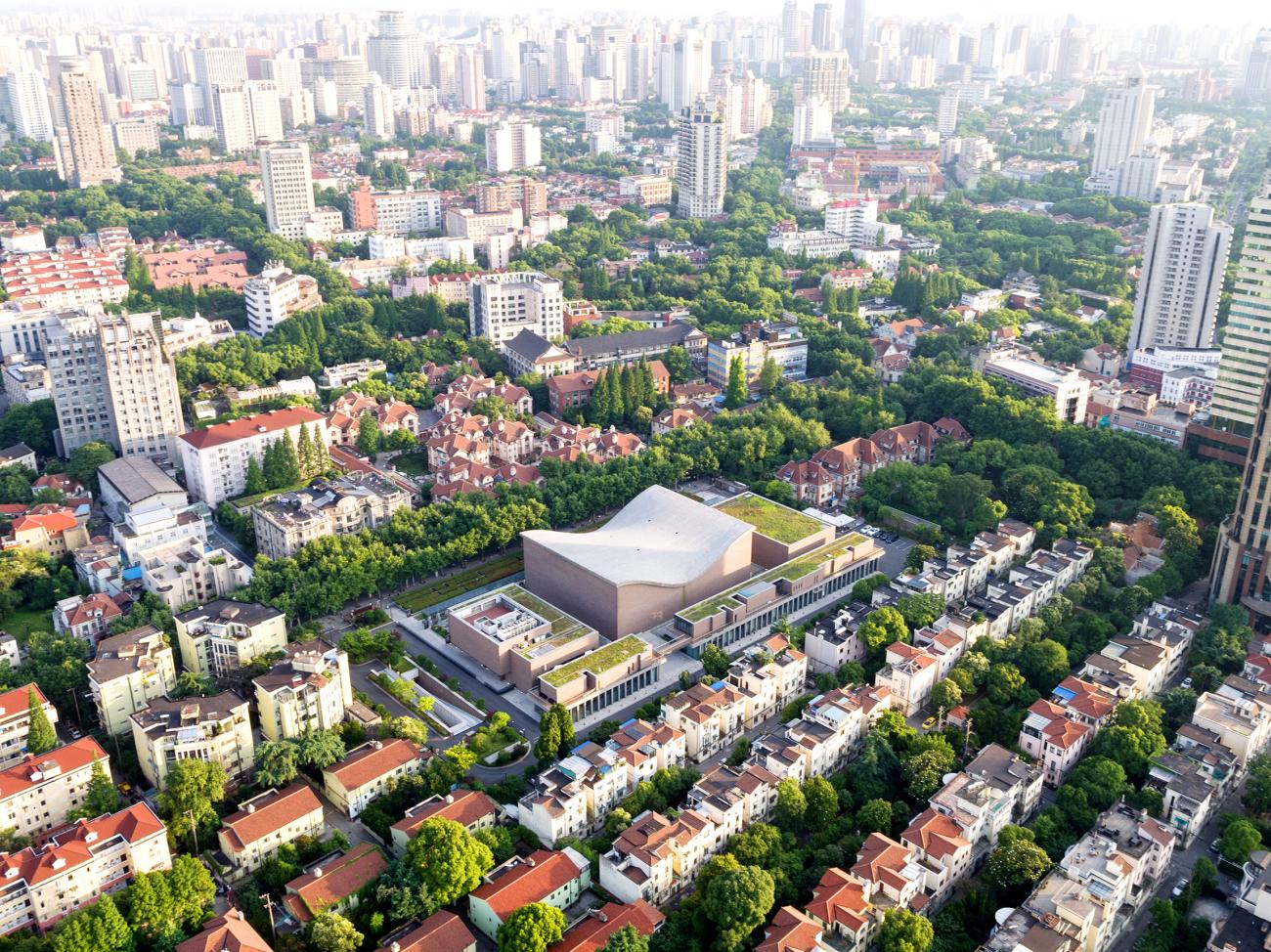
Shanghai Symphony Hall, Shanghai, China. Photo courtesy Chen Hao 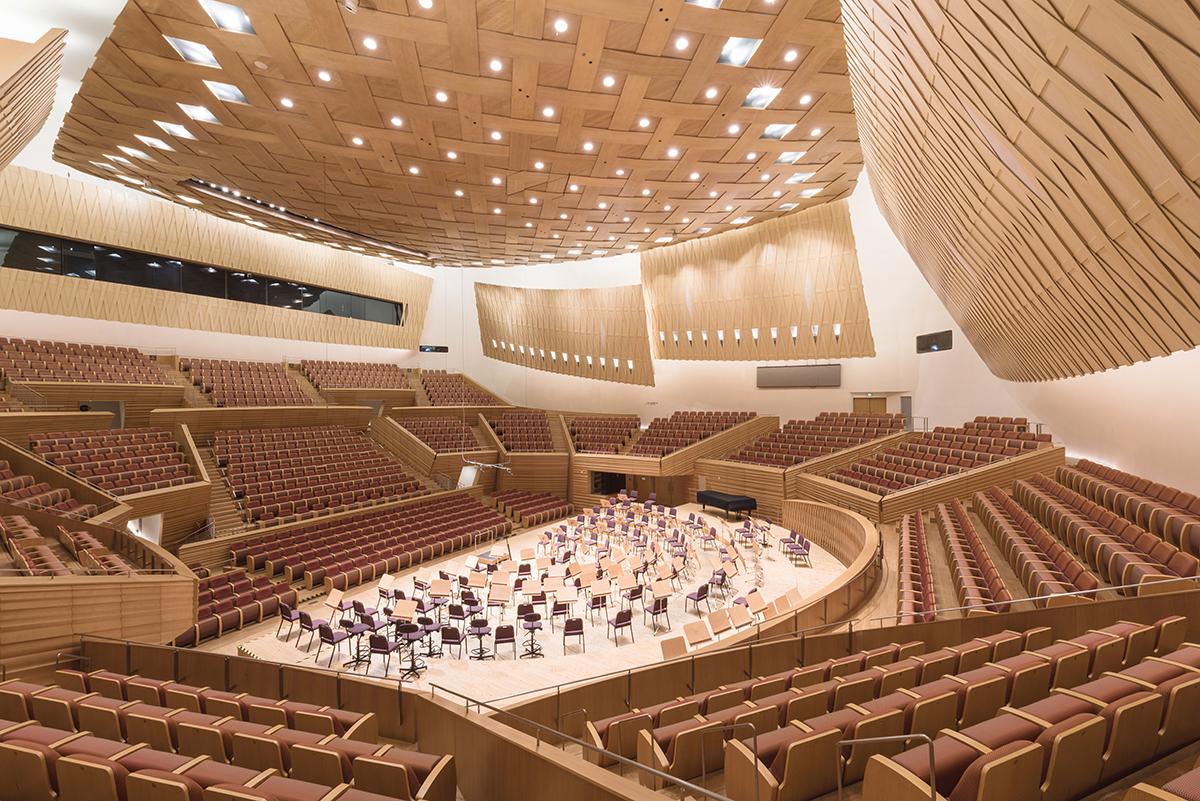
Shanghai Symphony Hall, Shanghai, China. Photo courtesy Chen Hao 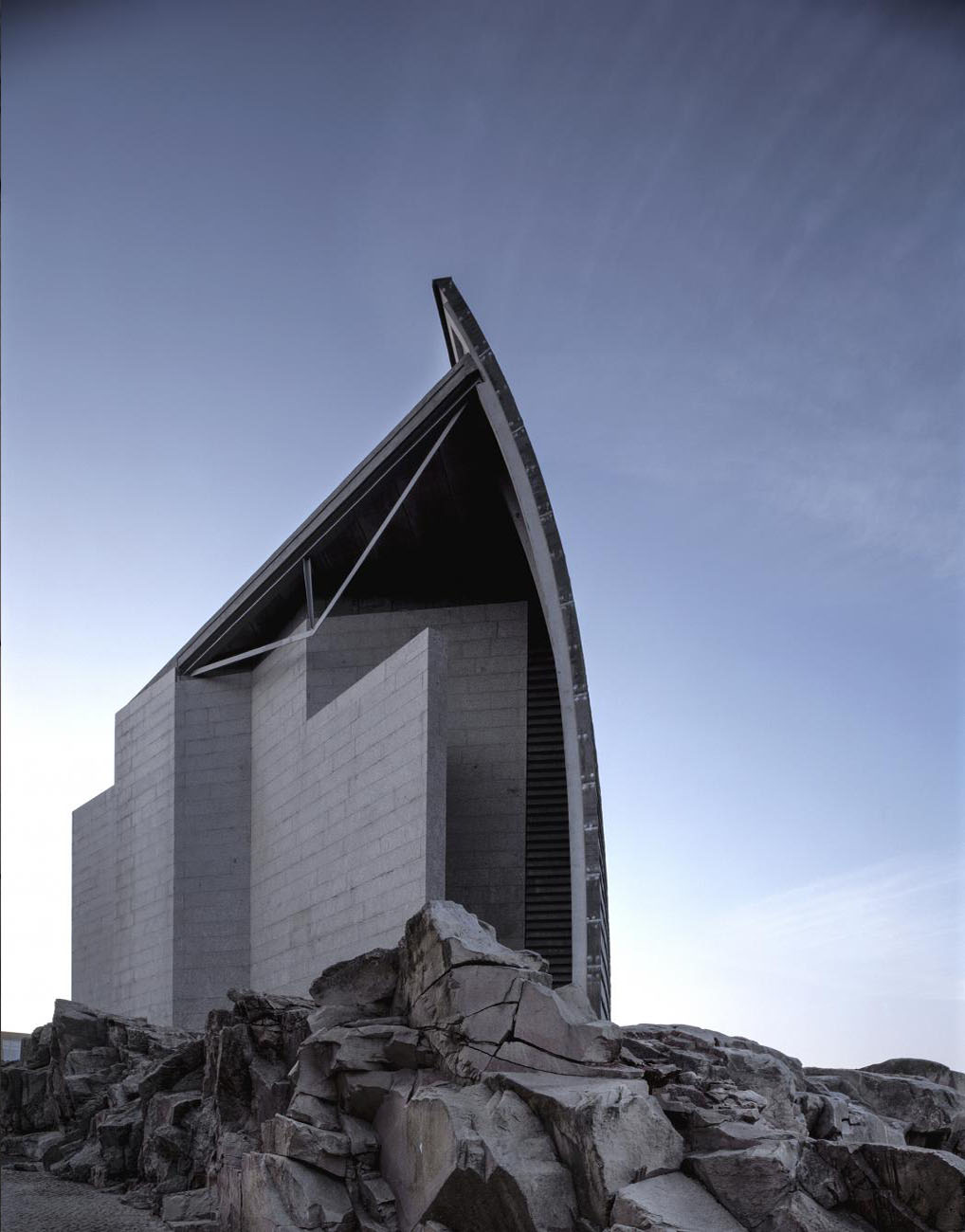
Domus:La Casa del Hombre, A Coruña, Spain. Photo courtesy Hisao Suzuki 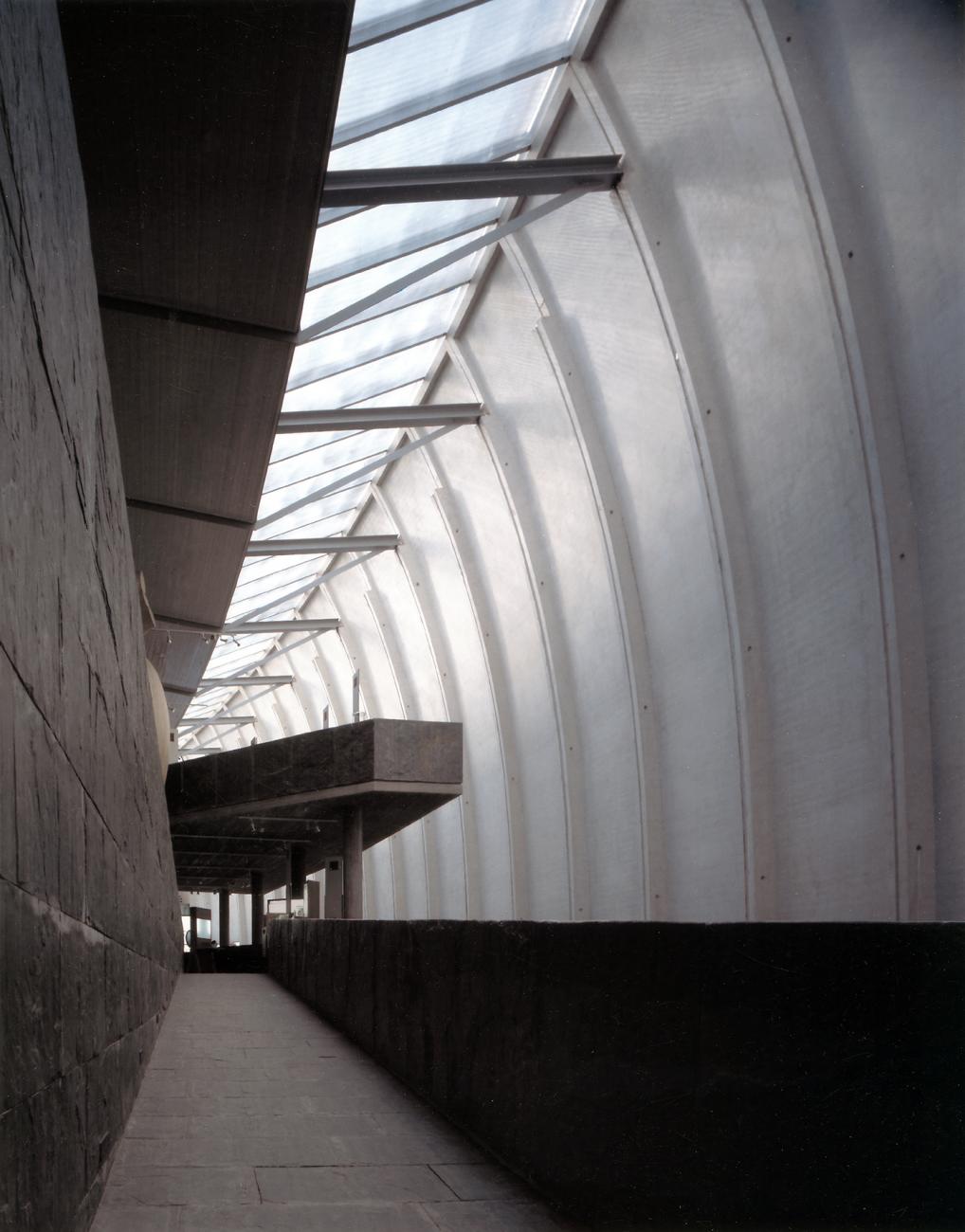
Domus:La Casa del Hombre, A Coruña, Spain. Photo courtesy Hisao Suzuki






